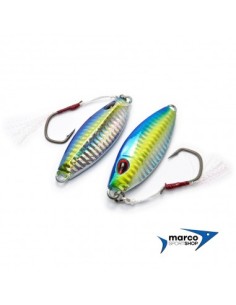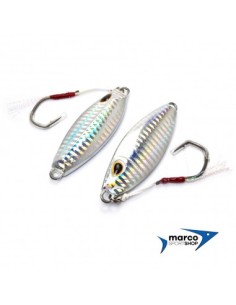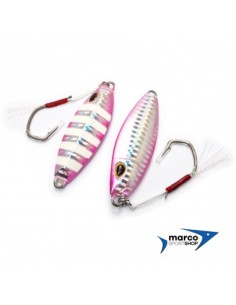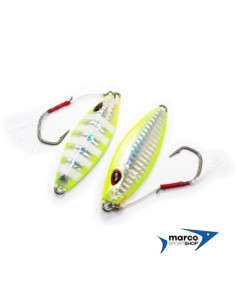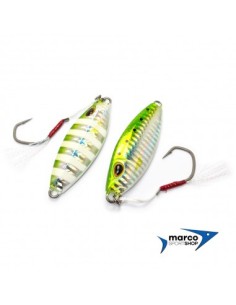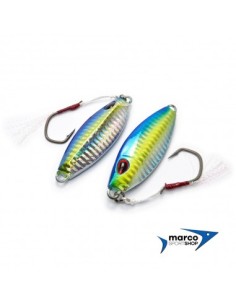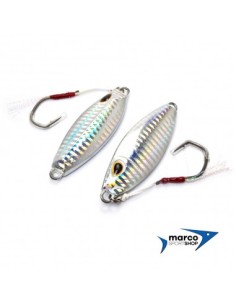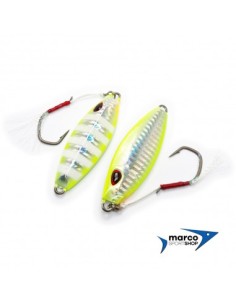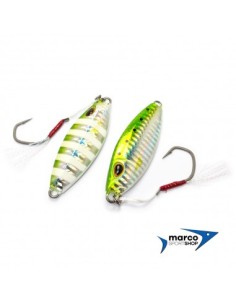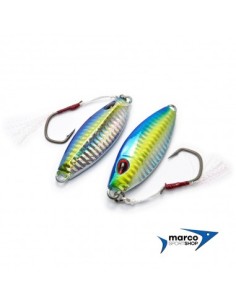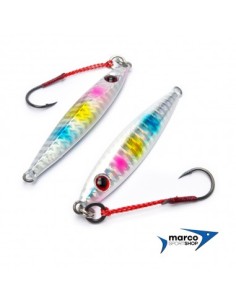Vertical jig
Vertical Jig: Artificial Lures for Vertical Fishing
Vertical jigs are essential artificial lures for anglers practicing vertical fishing, a technique that involves using the lure in an up-and-down motion to attract predators in both freshwater and saltwater. These metal-based lures are designed to sink quickly and mimic the erratic movements of distressed prey, triggering the predatory instincts of various fish species.
Key Features of Vertical Jigs
-
Design and Materials
Vertical jigs feature a streamlined, aerodynamic body made primarily of metal, allowing for rapid sinking and realistic swimming action. -
Variety of Weights and Sizes
Available in different weights and sizes, these lures enable anglers to adapt to specific fishing conditions and target species. -
Attractive Colors
Many vertical jigs come with holographic or glow finishes to enhance visibility at depth, making them more enticing to predatory fish.
How to Use Vertical Jigs
The vertical jigging technique involves dropping the lure to the desired depth and then using rhythmic rod movements to simulate an injured baitfish. This method is highly effective in provoking aggressive strikes from predators.
Target Predators
Vertical jigs are particularly effective in attracting a wide range of predatory fish, including:
-
Saltwater Species:
- Amberjack
- Dentex
- Tuna
- Grouper
-
Freshwater Species:
- Pike
- Catfish
- Perch
Tips for Choosing the Right Vertical Jig
- Select the Right Weight: Choose the appropriate jig weight based on water depth and current strength.
- Consider the Lure Action: Opt for jigs with wider or tighter movements depending on the behavior of the target predator.
- Ensure Quality Components: Use lures with strong, high-quality hooks and split rings to secure catches effectively.
Conclusion
Vertical jigs are a versatile and highly effective choice for anglers who practice vertical jigging. Their ability to mimic distressed prey makes them irresistible to many predators, increasing the chances of a successful fishing trip.



